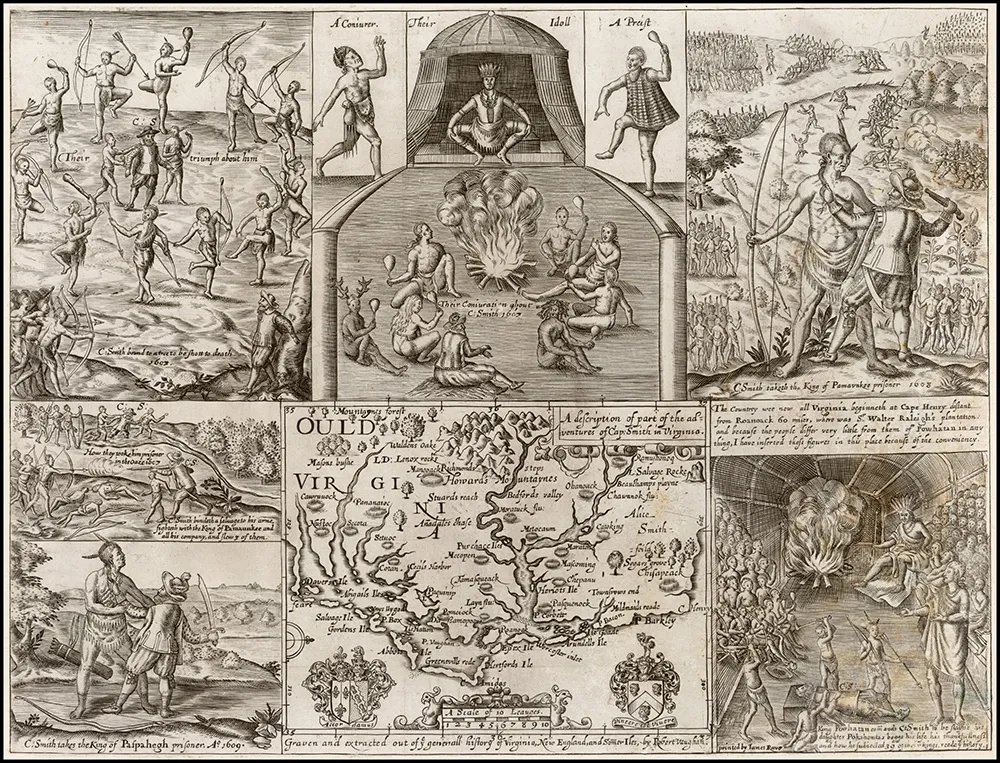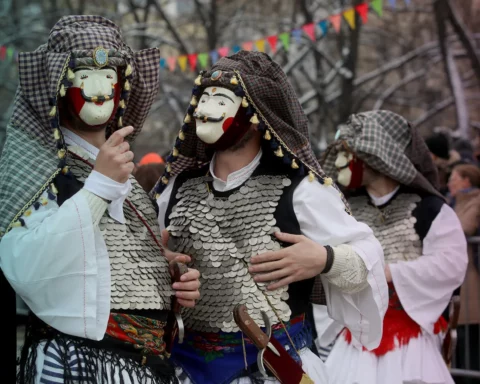
Among the things Poles appreciate the most in the world include being part of the larger history and being the first to achieve something. And the history of the Jamestown craftsmen strike adds one extra claim to fame: it extends the longevity of their pioneering role in basing political movements on workers’ actions.
You remember the Solidarity trade union, right? This was Poland’s integral role in the 1980s fall of the Soviet Bloc, which started as a workers’ movement, but ultimately roused political and economic support, not to mention the support of intellectuals. In a nutshell, modern Poland’s founding myth is based on a workers’ strike.
But Poles seldom know that the first of such strikes ever recorded was also a Polish act, and it involves a Disney Princess story: that of Pocahontas.
Poles in Jamestown
And this is where a certain Captain Smith (the one who gave Pocahontas fever, according to one song in the Disney film) comes in. His incredible early story before he came to America is too colorful to describe here – but it involves an episode of Mediterranean piracy, a lot of fighting against the Ottomans in the Balkans, serving the Habsburgs, captivity in Constantinople and Crimea, followed by escape to Muscovy and later to the Polish-Lithuanian Commonwealth.
It was during this time in the Polish-Lithuanian Commonwealth, around 1603, he saw… no, not some Polish version of Pocahontas, but rather Polish people making Polish crafts. He was impressed by their work. Some years later, in 1608, when he was appointed one of the leaders of the newly forming Virginia colony, he made sure to bring along Polish craftsmen, along with Germans and Slovaks, as he set sail for the colonies. Virginian workers were there to produce glass, as well as wood, tar, and turpentine for shipbuilding.




Jameson strike against employer branding
By 1619, Polish workers had been part of a well-designed production machine for over a decade. Yet when elections were held that year to choose members of the local General Assembly, only those Virginian citizens of English descent were allowed to vote. This did not sit well with the Central European workers who had settled into Jamestown’s colonial life. These workers decided that a change was needed, and they made their intentions known by walking out on their work posts.
Luckily for everyone (democracy included), this was a peaceful movement, resulting in achieving the desired goal. Captain Smith and his fellow governors were apparently not only scared of people not doing their job (thus not generating income) but also of what today is called the employer brand.
After all, America in the 17th century was a land of possibilities – realizing them was only a matter of available human force. The 1619 Jamestown Polish strike could serve as an invitation for colonists who believed that change was possible.







